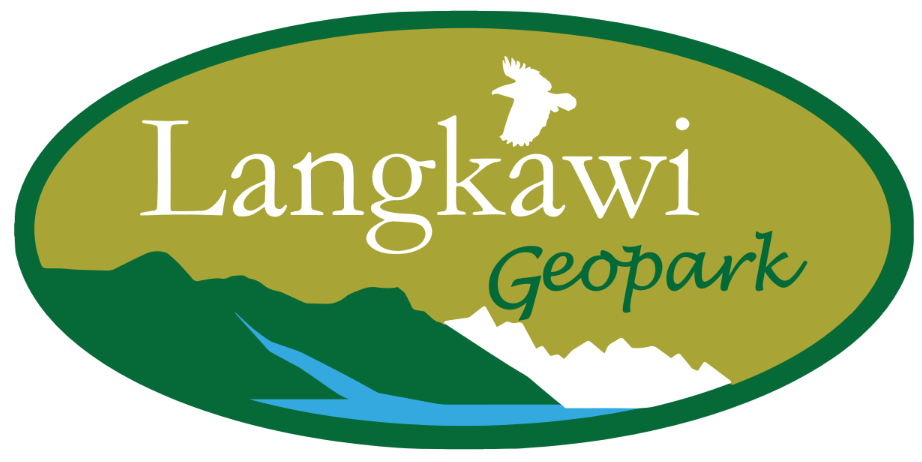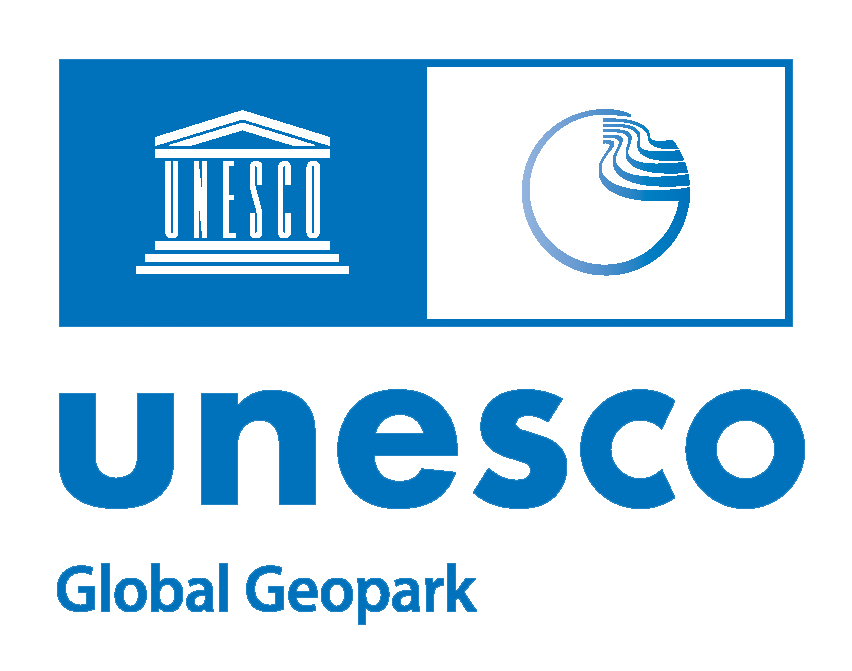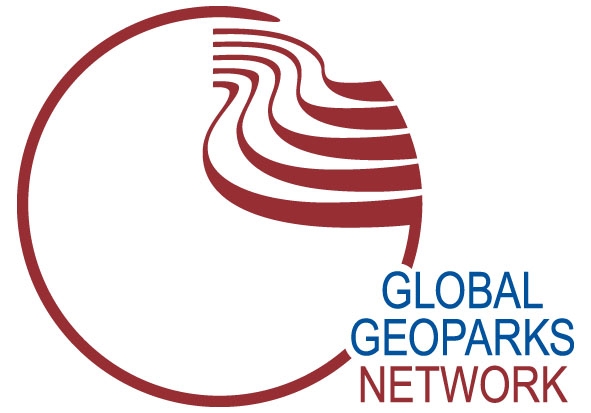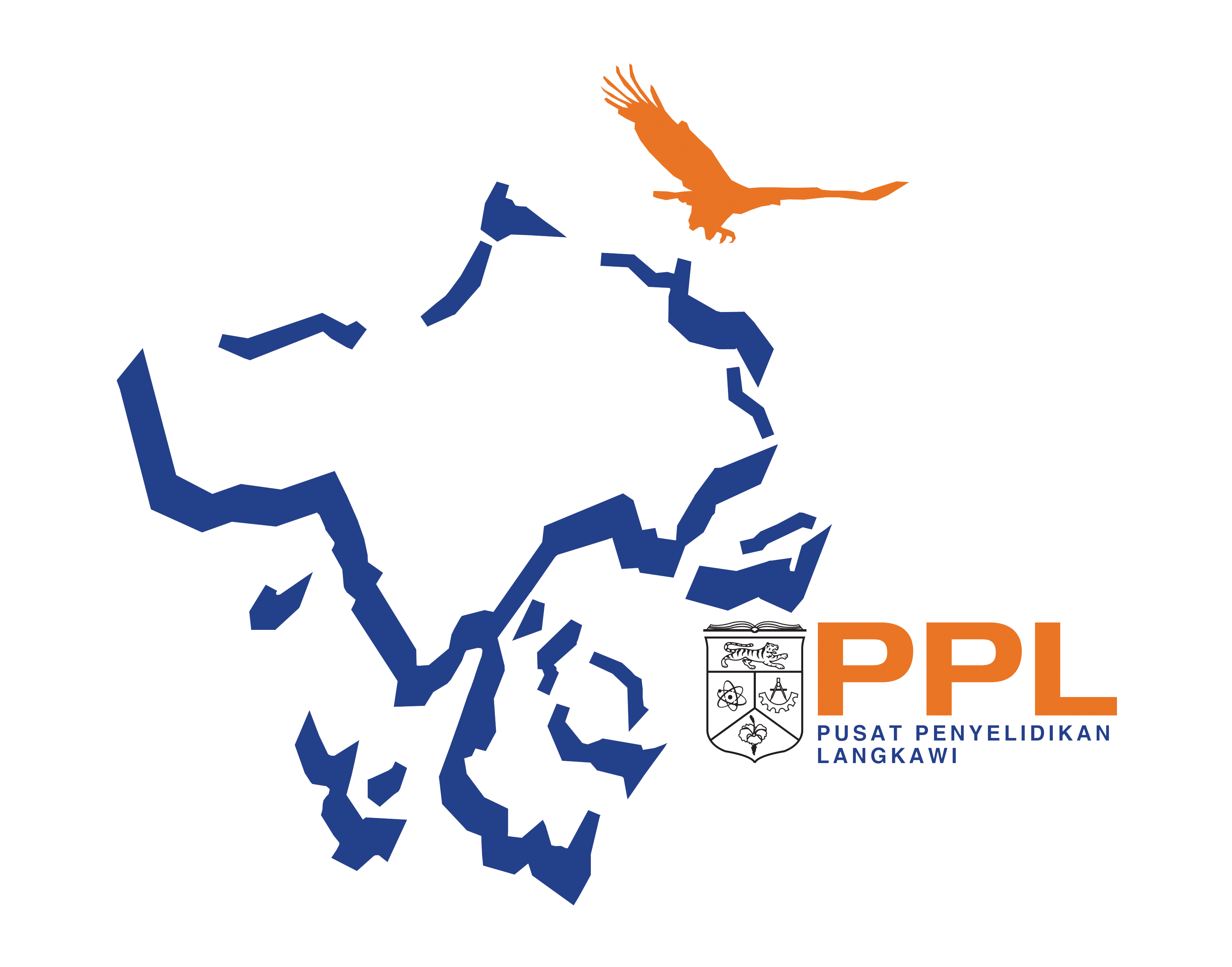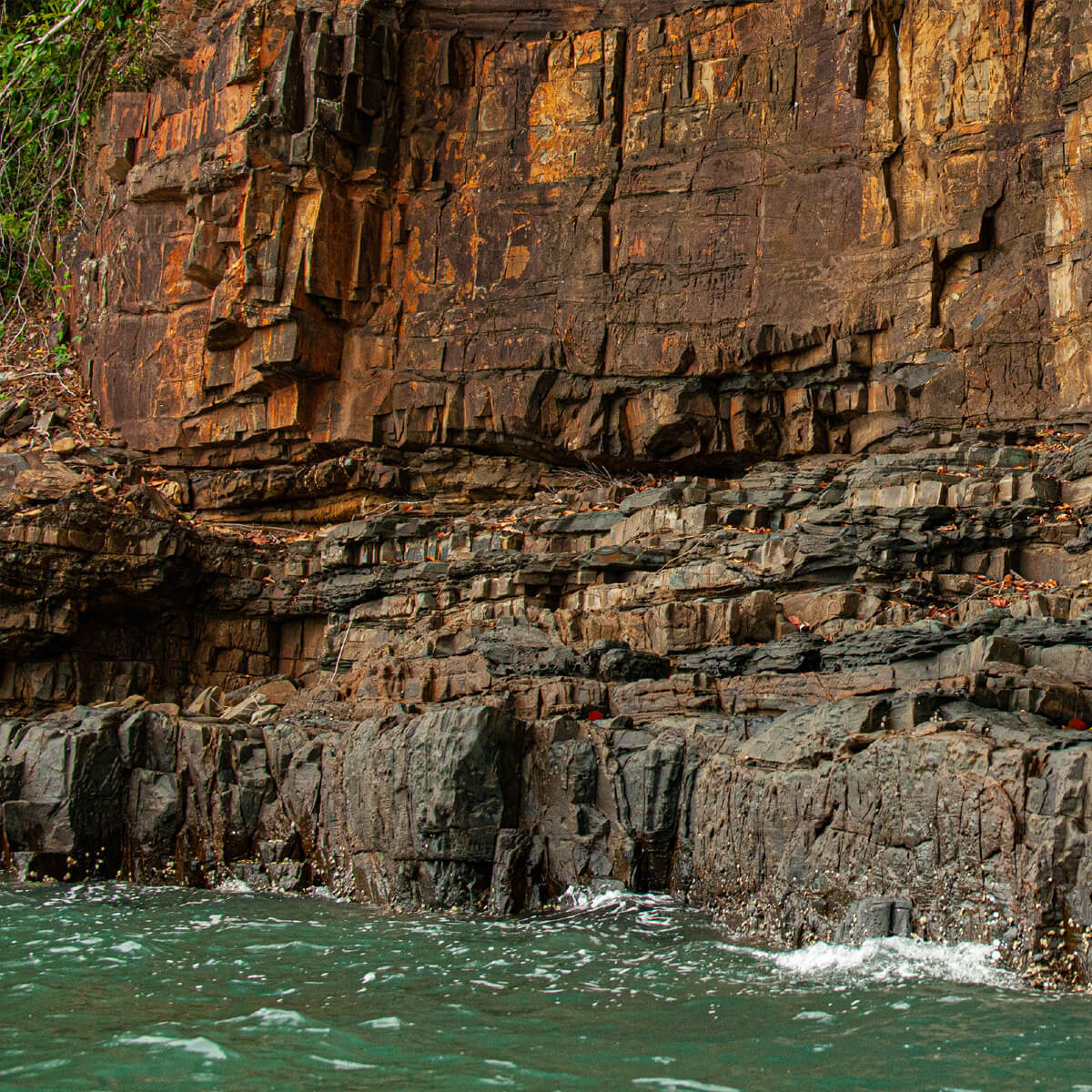
PULAU JEMURUK CAMBRIAN FOSSIL GEOSITE
Jemuruk Island is a small remnant island located at the river mouth of Sungai Kubang Badak. The island represents the topmost layer (the youngest) of the Cambrian-old Machinchang Formation (550-500 million years. In the fine sandstone layer here, geologists discovered trilobite index fossils (Family Saukiidae). While the rock layers here contain fossils, it is very difficult for people to find them. Trilobites are among the earliest complex animals that conquered the world since the Cambrian Period. Currently, there are about 17,000 known species, but unfortunately, none survived during the End Permian mass extinction (252 million years ago). Nonetheless, trilobite fossils are the most important evidence of the age of Cambrian until the Permian Period (550-252 million years).
On exposed surfaces due to sea erosion, trace fossils Dictyodora spp. are also found. A trace fossil is a geological record of biological activity of ancient marine seafloor animals. Fossils are an important natural heritage that reveals the history of the earth, but most have been threatened by human activity. Therefore, an effective conservation approach is needed. In addition to geological interest, the remnant island of Jemuruk shows the beauty of rock layers that resemble a layer cake. The island is also important for the local community to collect various snails and oysters as a source of food.
